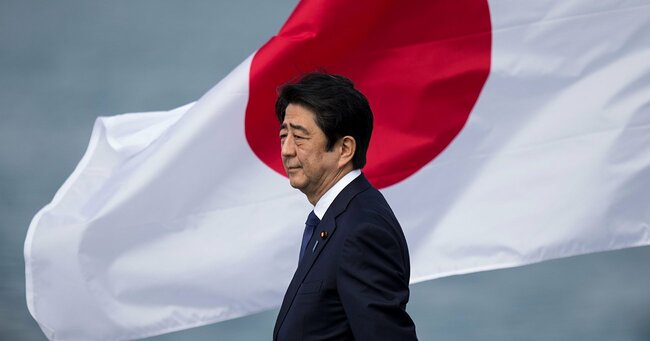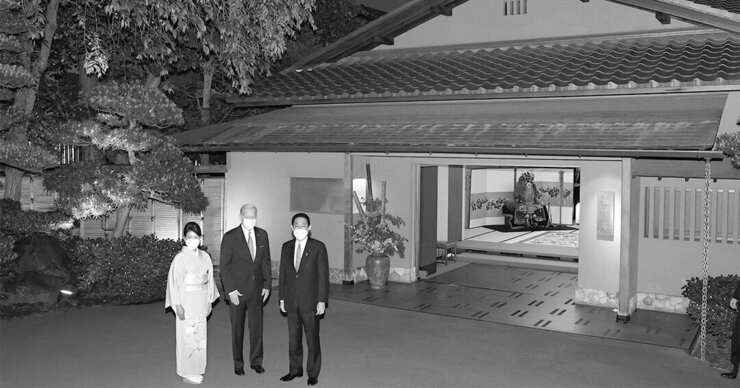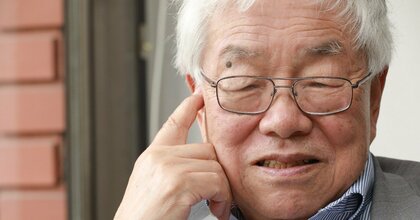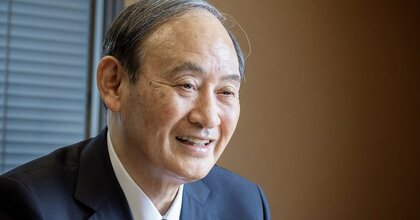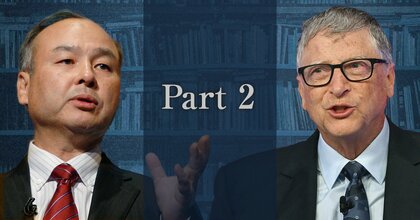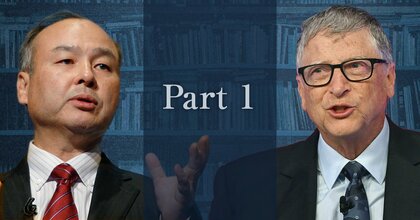Originally published in Japanese on Aug. 10, 2022
Global vision
Most importantly, Abe had a vision. He pioneered new regional security arrangements, including the Quadrilateral Security Dialogue (QUAD) among Australia, India, Japan, and the U.S. He was also responsible for the concept of the “Indo-Pacific,” which, unlike the previous “Asia-Pacific” designation, encompassed India. In his address to the Indian Parliament in 2007, entitled “Confluence of the Two Seas,” Abe introduced the ideas of the Indo-Pacific and the QUAD, even if he did not use those precise labels.
There were several reasons why he introduced these ideas. Rising economies in the Pacific and the Indian Ocean regions were becoming influential in global politics, and he felt these areas needed to be conceived of as a combined region. He also recognized that the Indo-Pacific was in danger of Chinese domination. To deal with an increasingly assertive China, Abe believed there must be a group of great powers in this region to serve as a counterweight. That was the QUAD. The importance of the QUAD is clearly described in Abe’s 2012 article, “Asia’s Democratic Security Diamond.”
Both of these new security concepts focused on cooperation with India. Because both Japan and Australia are U.S. allies, India was the new security partner in the QUAD. But India is a valuable member that is key in deterring China: its strength forces China to potentially defend a second front and increase its military spending. Therefore, Abe declared, “a strong India is in the best interest of Japan, and a strong Japan is in the best interest of India.”
A “strong Japan” and support for Taiwan were also major features of Abe’s vision. Abe established the National Security Secretariat, which included many members of Japan’s Self-Defense Forces (SDF), to determine Japan’s strategic policies. He also reformed the Ministry of Defense and elevated the social status of the SDF. Along with “strong Japan” policies, he focused on supporting Taiwan. His recent article, “US Strategic Ambiguity Over Taiwan Must End,” is clear in its insistence on unambiguous support for Taiwan. Also, Japan and the U.S. began to collaborate more closely under his government.
Abe also realized the need to better balance relations with Asia with those with Europe and focused heavily on Asia policy. The first foreign countries Abe visited as premier were Southeast Asian countries like Vietnam and Indonesia. He also focused on India and Taiwan, as mentioned above.
At the same time, Abe approached foreign policy with a wide lens and with an awareness of history. He promoted cooperation with European countries like the U.K., France, and Germany and persuaded them to support his counter-China strategy. Therefore, for Japan, a balanced policy between Asia and Europe was needed to promote simultaneous cooperation with both. Abe had this vision and was able to execute it.
Putting theory into practice
Abe’s talent for politics made the reality of his vision. For example, the QUAD progressed only when Abe was prime minister in 2006-2007 and in 2012-2020. In the case of “strong Japan” policies, he elevated the social standing of the SDF during his terms as premier. Moreover, during his terms, there were a few problems related to the Asia-Europe balance.
This is why Abe was such an essential and valuable leader. His visions, like the Indo-Pacific, the QUAD, a strong Japan, and the support of Taiwan, have become ingrained in Japanese policy. The Indo-Pacific and QUAD concepts are now core parts of U.S. strategy. Japan’s current prime minister, Fumio Kishida, will increase the defense budget and military capabilities over the next five years. He also seeks to amend the constitution to elevate the social status of the SDF further. There is strong support for Taiwan among the Japanese public. For example, when China banned pineapple imports from Taiwan, many Japanese tried to buy them. The visions Abe put into practice will survive.
However, new problems demand attention. Since Russia invaded Ukraine, the balance between Asia-Europe has changed, and the Indo-Pacific is divided on the issue. To support the rules-based order, Japan must stand with Ukraine. Along with many European countries, Japan, Taiwan, South Korea, and Singapore have all chosen more hardline stances against Russia. Russia calls these countries “unfriendly countries.” However, other countries in the Indo-Pacific have remained neutral. Such political division in the region is concerning when cooperation is needed against the continuing threat of China. Japan needs the political skills of a leader like Abe to address this.
But we cannot any longer rely on Abe’s political acumen. Therefore, democratic countries in the Indo-Pacific need to establish a system that does not rely on personal skills. Instead, many U.S. allies and partners should share the security burden with Washington. Such burden-sharing is not a new idea, but now is the time to accelerate this process.
Dr. Satoru Nagao is a fellow (non-resident) at Hudson Institute, based in Tokyo, Japan. Dr. Nagao’s primary research area is the U.S-.Japan-India security cooperation. He was awarded his Ph.D. by Gakushuin University in 2011 for his thesis, “India’s Military Strategy,” the first such research thesis on this topic in Japan. Dr. Nagao holds numerous other research positions, including director at the International Security Industry Council, a senior research fellow at the Japan Forum for Strategic Studies, a specially-appointed research fellow at the Japan Forum on International Relations, etc. The views expressed here are his own.

